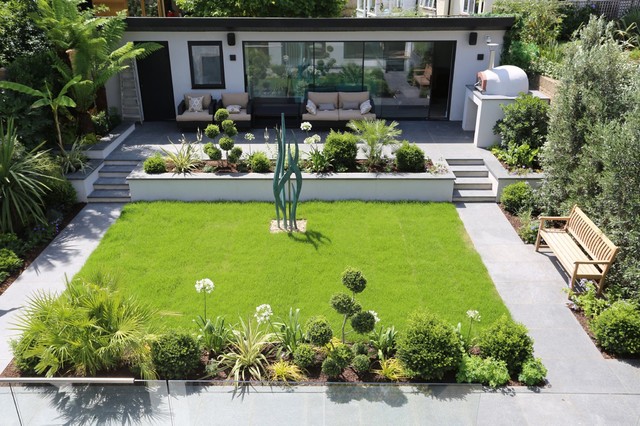The Beginners Guide to Landscape Designing- Basics
 Introduction: landscaping is a crucial part of any home, office, or other property. It can help make a place feel more inviting and stylish. And sometimes it’s just a matter of getting the right tools to do the job right. That’s where landscape design comes in. Landscape design isn’t as simple as picking out a pretty green field and putting in some plants. There are many elements that go into designing an effective landscape, and it takes time and effort to get it right. So if you want to improve your landscape design skills—and see some amazing results—here’s how to get started. You may find more details about this at landscapers near me
Introduction: landscaping is a crucial part of any home, office, or other property. It can help make a place feel more inviting and stylish. And sometimes it’s just a matter of getting the right tools to do the job right. That’s where landscape design comes in. Landscape design isn’t as simple as picking out a pretty green field and putting in some plants. There are many elements that go into designing an effective landscape, and it takes time and effort to get it right. So if you want to improve your landscape design skills—and see some amazing results—here’s how to get started. You may find more details about this at landscapers near me
What is Landscape Designing.
A landscape is a collection of plants, trees, streams, and other features that are arranged in an ordered fashion to create a pleasurable or calming environment. Landscapes can be natural or man-made, depending on the specific needs of the developer or owner.
How to Design a Landscape
There are three main steps in landscape design: choosing the plants and trees needed for the layout, creating the ground plan (layout of the area), and adding features such as parking and water features. Each step should be completed in order to create a beautiful and relaxing environment.
What are the Different Types of Landscapes
There are many different types of landscapes, but some common ones include cityscape, countryscape, botanical garden, military base landscape, etc. If you’re trying to create a landscape that will please both locals and visitors alike, it’s important to choose an appropriate type of landscape for your specific needs.
What are the Different Types of Landscapes.
A residential landscape is typically designed for single-family homes and other small, suburban dwellings. Residential landscapes are often simple and straightforward, with few features or decorations to add interest. Most residential landscapes are built on short, straight streets with few trees or bushes in the way.
Commercial Landscapes
Commercial landscapes are typically designed for businesses and other large organizations. Commercial landscapes may be more complex than residential landscapes, but they still tend to be simple in design. Many commercial landscapes are built on long, winding routes that make it easy for businesses to reach their target market. Agricultural Landscapes
Agricultural landscapes are typically designed for farms and other agricultural businesses. Agricultural landscapes may be more complex than commercial or residential landscapes, but they usually have a more involved layout with many features and decorations located around the perimeter of the landscape.
Conclusion
Landscape design is the process of designing a landscape that meets the needs of a particular environment. A landscape can be residential, commercial, or agricultural, and it can include parkland, forested landscapes, or agricultural landscapes. By understanding the different types of landscapes and how to design them effectively, you will have a better chance for success in your landscape design efforts.
Contact Info :
eos Outdoor Services
13554 Triadelphia Rd
Ellicott City, MD 21042
(410) 648-2820
 When it comes to landscape design, balance is of vital importance. The objective is to create an overall visual effect that makes the entire area seem cohesive. This can be accomplished by using mass planting or repetition to achieve unity. Balance also involves creating a sense of balance between the individual components of a landscape. Using similar color palettes and plants throughout a landscape will help keep the overall design consistent. go right here
When it comes to landscape design, balance is of vital importance. The objective is to create an overall visual effect that makes the entire area seem cohesive. This can be accomplished by using mass planting or repetition to achieve unity. Balance also involves creating a sense of balance between the individual components of a landscape. Using similar color palettes and plants throughout a landscape will help keep the overall design consistent. go right here  Landscape design is a distinct, independent profession. It is a form of design that combines nature and culture. Landscape design bridges the gap between garden design and landscape architecture. It is a highly specialized field and requires many different kinds of training. Here’s a brief overview of what landscape design is. browse around this site
Landscape design is a distinct, independent profession. It is a form of design that combines nature and culture. Landscape design bridges the gap between garden design and landscape architecture. It is a highly specialized field and requires many different kinds of training. Here’s a brief overview of what landscape design is. browse around this site